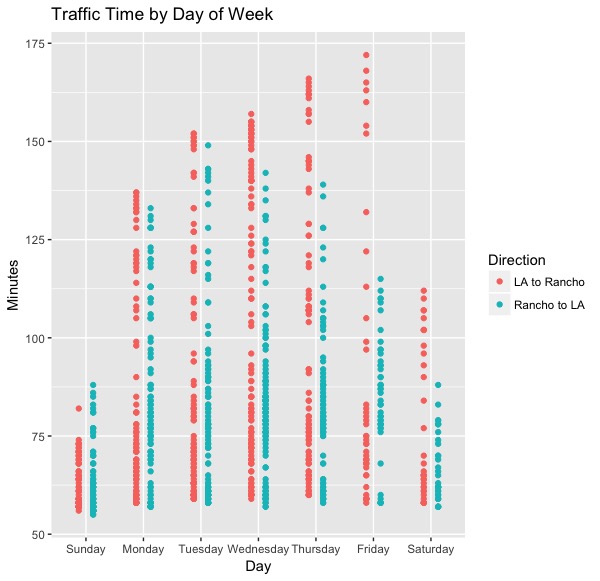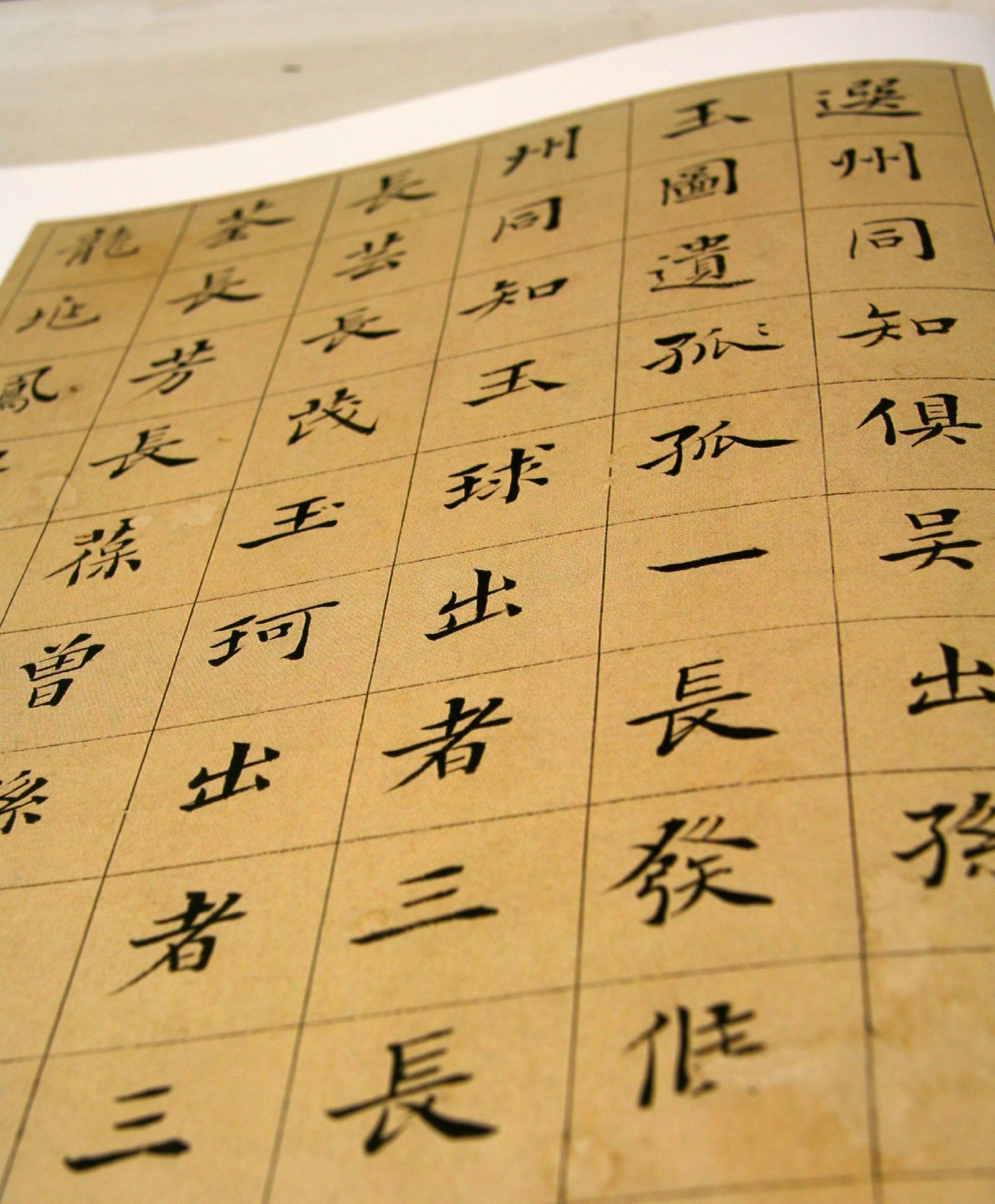I posted this on multiple online review websites including Google reviews, Yelp, Apartments.com, Apartmentratings.com, Apartmentguide.com, Facebook, Reviewmylandlord.com, wyl.com
However, I noticed that Apartments.com took down my review. So I am posting this on my personal website so my opinion on this will forever remain out there on the internet, and not subject to landlords paying to remove my review, etc.
Lindbrook Manor Apartments
10824 Lindbrook Dr,
Los Angeles CA, 90024
I paid $2246 for a 400 sq ft studio apartment
Do not rent here. This apartment is overpriced, there is a problem with homeless people that come into the building, the building is old and requires maintenance with frequent water outages, repairs take forever and are shoddy when completed, and the management here has incredibly poor communication with absolutely no transparency. This is the worst apartment I have ever lived at.
The apartment is extremely expensive, even for Westwood. The apartment is not rent controlled, and they will increase rent every year. Parking is not included, you have to pay extra or get street parking and move your car on street cleaning days. I lived in a studio at Lindbrook Manor for over 2 years, and I moved into a large 1 bedroom only two blocks away, just south of Wilshire, and am now paying less now for 2-3x more space with parking included. Lindbrook Manor is not worth it.
There is a significant homeless person problem in this apartment building. I reported that I found a homeless man sleeping on the stairs inside the building leading up to my apartment months before I moved out and there was no action taken. The homeless person problem escalated to the point that there were multiple homeless people in the building and people reported feeling unsafe going to the laundry rooms and garage areas. Management did not alert or warn residents and allowed this to escalate to the point where police were involved. I had moved out at this point, but friends who still live there told me an apartment had actually gotten broken into (management denies this), before they finally put in security measures. I think it is terrible that management allowed this situation to get so out of hand, as I and others had alerted them to the homeless person problem months before and no action was taken.
The building is old. The building suffers from frequent water outages, hot water being turned off, and electrical outages. In the years I lived there, there were regular water outages that would last all day, with hot water or all the water shut off for maintenance at least a dozen or more times. There is no air conditioning in the studios and the heater is this small wall mounted heater that only turns on and off, there is no set temperature control. Windows in the building are old, drafty, and do not latch. There are years of paint on the windows, so they stick when you try to open/close. I requested a repair to make my windows sit properly so I can latch them from the inside for security reasons, but this was never done because the windows physically could not be aligned to latch.
Repairs take months to complete and management is extremely unresponsive. Repairs that are done are shoddy and don’t last. I had a leak in my shower that damaged the wall behind the shower stall. They repaired the leak but then left my apartment with an unfinished, unpainted wall for months because the maintenance guy never came back. They also never replaced the floor trim after that repair. Management told me my repair got lost in the shuffle because the original maintenance guy left and they hired a new one (high rate of turnover is another problem I will talk about further on.) More examples - when I moved in, I requested repair of a loose sink faucet. All they did was caulk around the faucet which did not fix the underlying problem, and the faucet went back to its original loose state very quickly. To give another example, there was a piece of wooden trim above my window which was held on by double sided tape! I found out because the trim fell off the window, because it was secured improperly using DOUBLE SIDED TAPE! The poor communication with management and terrible maintenance repairs got to the point where I just stopped requesting repairs because they took months to fix anything, and when it was fixed, they did a terrible job.
Circling back to the high rate of turnover - maintenance staff usually only last a few months. Every time I had a request it was a different guy, and I can’t begin to count how many different maintenance staff I have seen over the 2 years I was here. Even with the management there is significant turnover - when I moved in it was Tatiana and Kristin, then Nia started, and Dominique is the newest addition. They are all nice people, but ineffective, and I suspect there is a systematic problem higher up that makes the apartment complex unable to retain good employees.
The management here is the worst I have ever lived at. I actually sued them in small claims court over return of my security deposit because of their terrible communication, and the fact that they do not care about their tenants. According to Nia, the on-site property manager, it is “company policy” to only communicate with tenants via the telephone. I think that is extremely outdated and bad company policy, especially since it is in the interest of both parties to have written documentation so everything doesn’t become a he-said-she-said situation. However, they will not communicate with you over email or even through letters because they refuse to have anything on the record. When I said I would record phone calls for evidence if I required legal remediation, they stopped communicating with me. To me, this is shady and seems like they are trying to hide something, or at least control the narrative so that the only written documents are the ones the management provides.
There is no transparency on how security deposit deductions are calculated, and management is not following guidelines on rental depreciation. I believe they are also charging everyone almost $200 for cleaning for tenant turnover, which is illegal.
The management also changed their rules mid-lease. One example: There are no air conditioning units provided in the studios. When I moved in, I was told by Tatiana that portable AC units were allowed, but window units were not allowed. I had a portable AC unit (on wheels with small hose that vents out the window) in my unit for 2 years. Then I received a “3 day remedy or quit” notice to remove the AC hose from the window that I had approval to have on move in. I don’t know about the legality of it, but it seems extremely tenant unfriendly to not provide air conditioning in the building, and not allow tenants to have their own air conditioning (not even a portable unit that does not sit in the window). This is southern California, and it can get over 100 degrees in the summertime. I did notice that the leasing office still has a window unit AC in their window, so it’s pretty hypocritical to make all the tenants to go without AC, but management still needs it…
Another example of being extremely tenant unfriendly - I had a studio which has an occupancy limit of 2 people. I lived there by myself. My mother stayed with me for a while when I was having some minor medical treatment. Management would not let my mother stay with me because it exceeded the 14 day guest policy. They also would not allow me to add my mother to the lease when I asked, so she could count as a “roommate” instead of a “guest”. This request was flat out denied. I think this was completely unreasonable as this did not exceed the occupancy limit of the unit. I also believe this policy was only enforced in my case because I lived in an apartment that required passing directly by the leasing office to enter or exit, and was subject to more monitoring than almost any other unit in the building.
So I don’t want to give a completely 1 sided review. The good things about this apartment are that it is located very close to UCLA and Westwood, and they allow dogs, which is rare in this area. I don’t have anything personal against Nia, she is actually very nice. She did set up a movie night for the tenants once, which was actually fun and a pretty nice event. I actually do like the people that work in the office, I gave them chocolates a few times and I considered them friends, but I think the management company higher up is extremely tenant unfriendly, has very bad policies, and overall I had more bad experiences than good.
Save yourself the hassle and the money. Do not rent here. Communication with management needs a lot of work. Combined with how expensive the apartment is, how old the apartment is with all the water outages and bad repairs, and the safety concerns I had with having homeless people in the building, this has honestly been the worst apartment I have ever lived at.













































